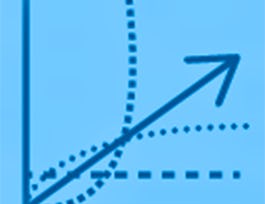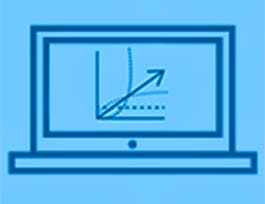This course aims to better develop your statistical toolkit in the world of statistics and data science. You will learn how to collect, manipulate, and transform data in R into a more readily usable format using tidyverse data pipelines, primarily using verbs from the dplyr and tidyr packages. The topics covered provide you with the tools necessary to convert data to be better suited for data visualization (Course 1) and modeling; which is to come in this certificate program in a future course. Additionally, we discuss the topics of web scraping and the considerations one must take prior to scraping data from the web.



Data Tidying and Importing with R
This course is part of Data Science with R Specialization


Instructors: Dr. Elijah Meyer
Sponsored by Louisiana Workforce Commission
What you'll learn
Apply tidy data principles to manipulate and restructure data (e.g., subsetting, adding columns, and transforming data between wide and long formats)
Develop and implement code to join data sets and perform basic web scraping to collect data
Apply data structures such as wide and long formats, using code to convert between these formats as part of data preparation and analysis
Details to know

Add to your LinkedIn profile
3 assignments
September 2024
See how employees at top companies are mastering in-demand skills

Build your subject-matter expertise
- Learn new concepts from industry experts
- Gain a foundational understanding of a subject or tool
- Develop job-relevant skills with hands-on projects
- Earn a shareable career certificate


Earn a career certificate
Add this credential to your LinkedIn profile, resume, or CV
Share it on social media and in your performance review

There are 3 modules in this course
Tidy datasets have a specific structure: each variable is a column, and each observation is a row. In this module, we use functional verbs from the dplyr package in R to transform data into a ready-to-use tidy data format. Additionally, we use functional verbs to manipulate data frames.
What's included
6 videos11 readings1 assignment2 discussion prompts1 plugin
A column in our data set can be stored as many different types, such as numbers or characters. These different data types inform how R treats the data, and whether certain functions are compatible to use with certain types of data. In this module, we discuss more in detail, the different data types classified by R, data classes, as well as how to recode variables in a data set to be different types, classes, or take on different values.
What's included
6 videos13 readings1 assignment1 discussion prompt1 plugin
Web scraping is the process of extracting this information automatically and transforming it into a structured dataset. In this module, we go over how to perform basic web scraping in R to make an abundance of data online more easily accessible.
What's included
4 videos5 readings1 assignment2 discussion prompts1 plugin
Offered by
Why people choose Coursera for their career




Recommended if you're interested in Data Science

Open new doors with Coursera Plus
Unlimited access to 10,000+ world-class courses, hands-on projects, and job-ready certificate programs - all included in your subscription
Advance your career with an online degree
Earn a degree from world-class universities - 100% online
Join over 3,400 global companies that choose Coursera for Business
Upskill your employees to excel in the digital economy






